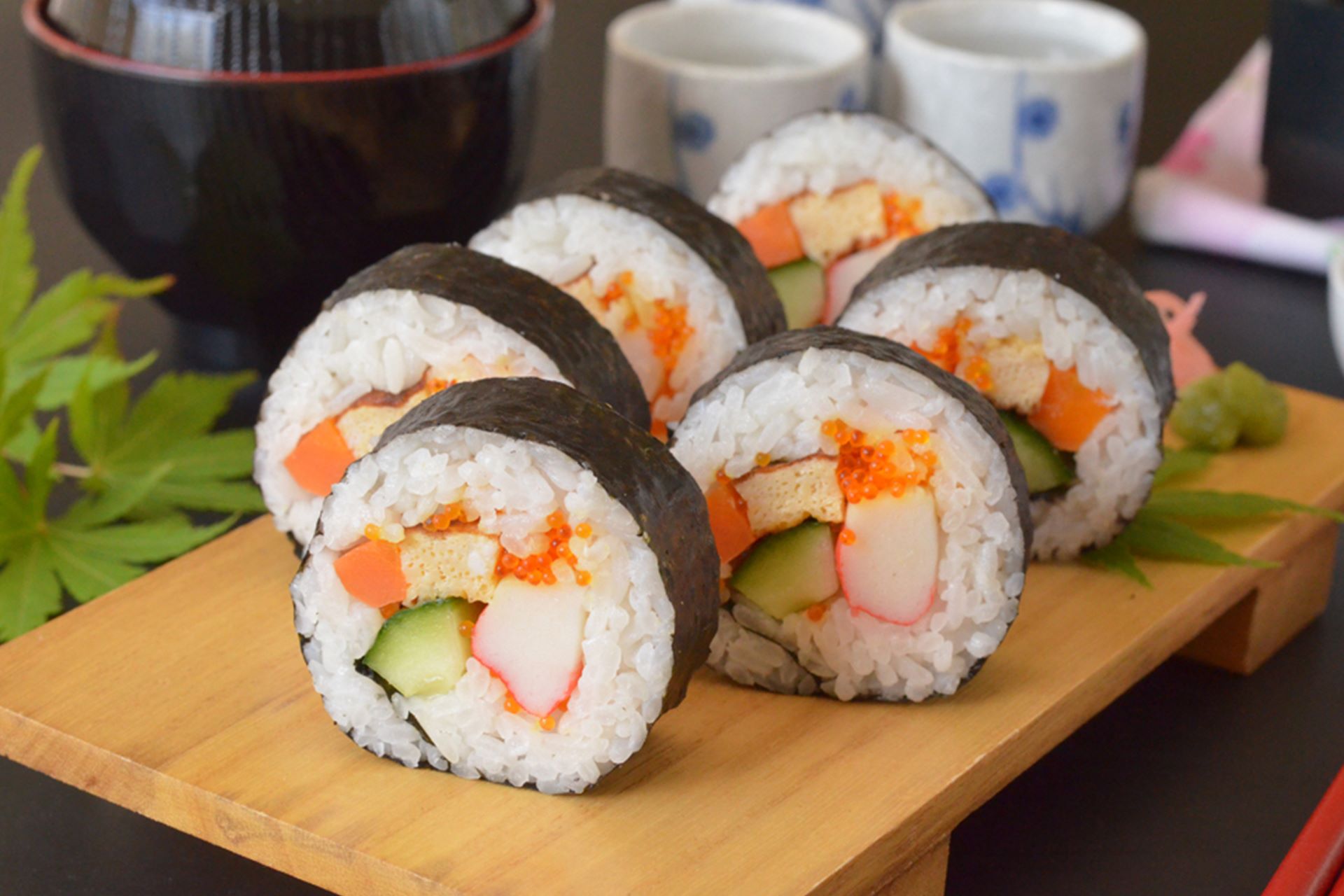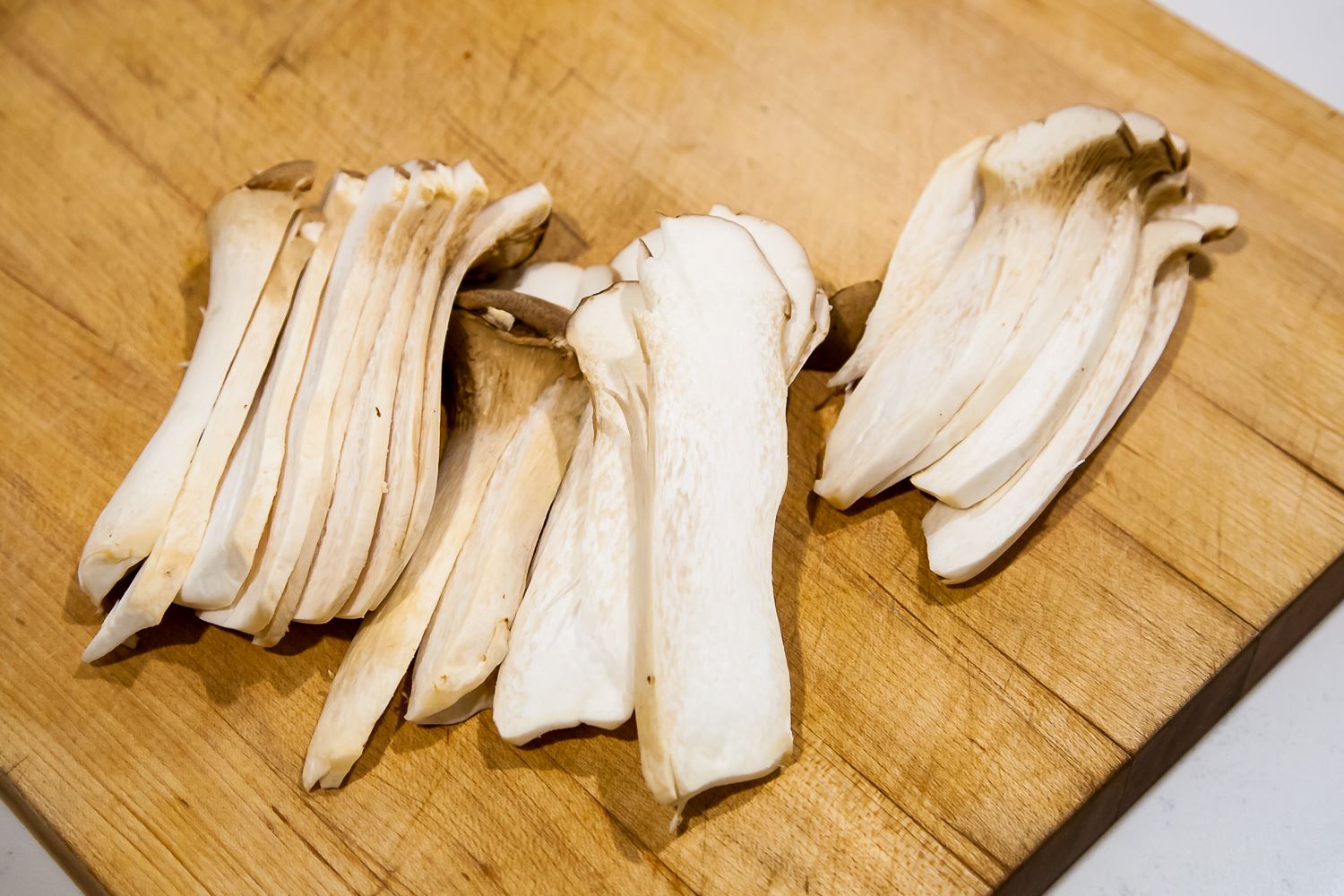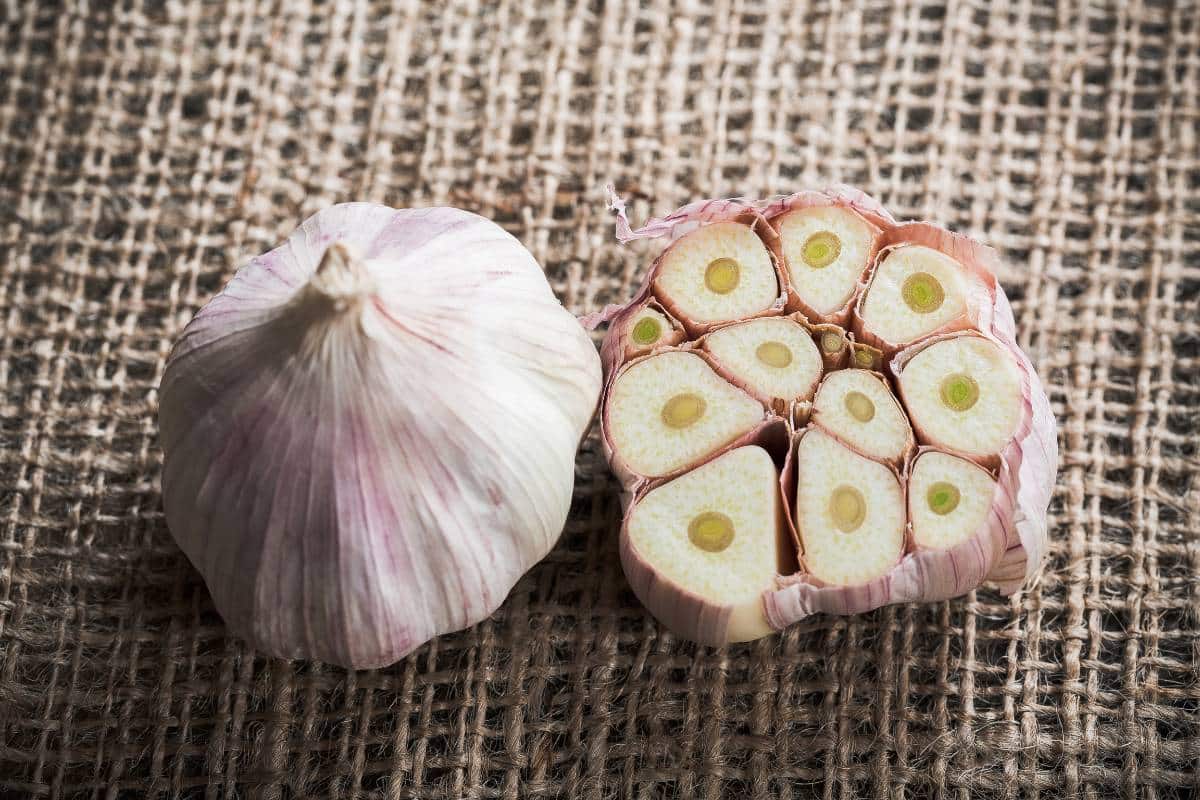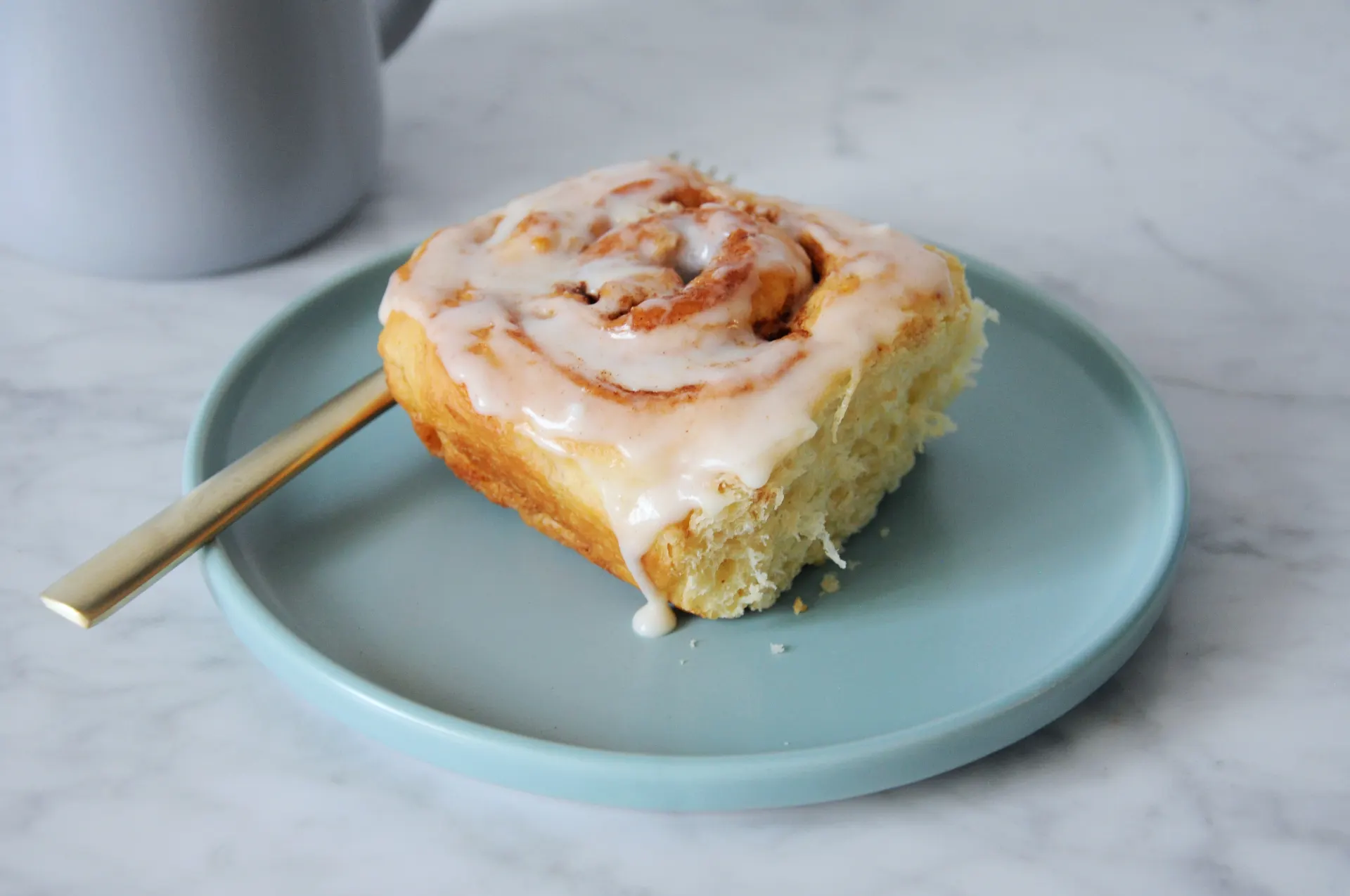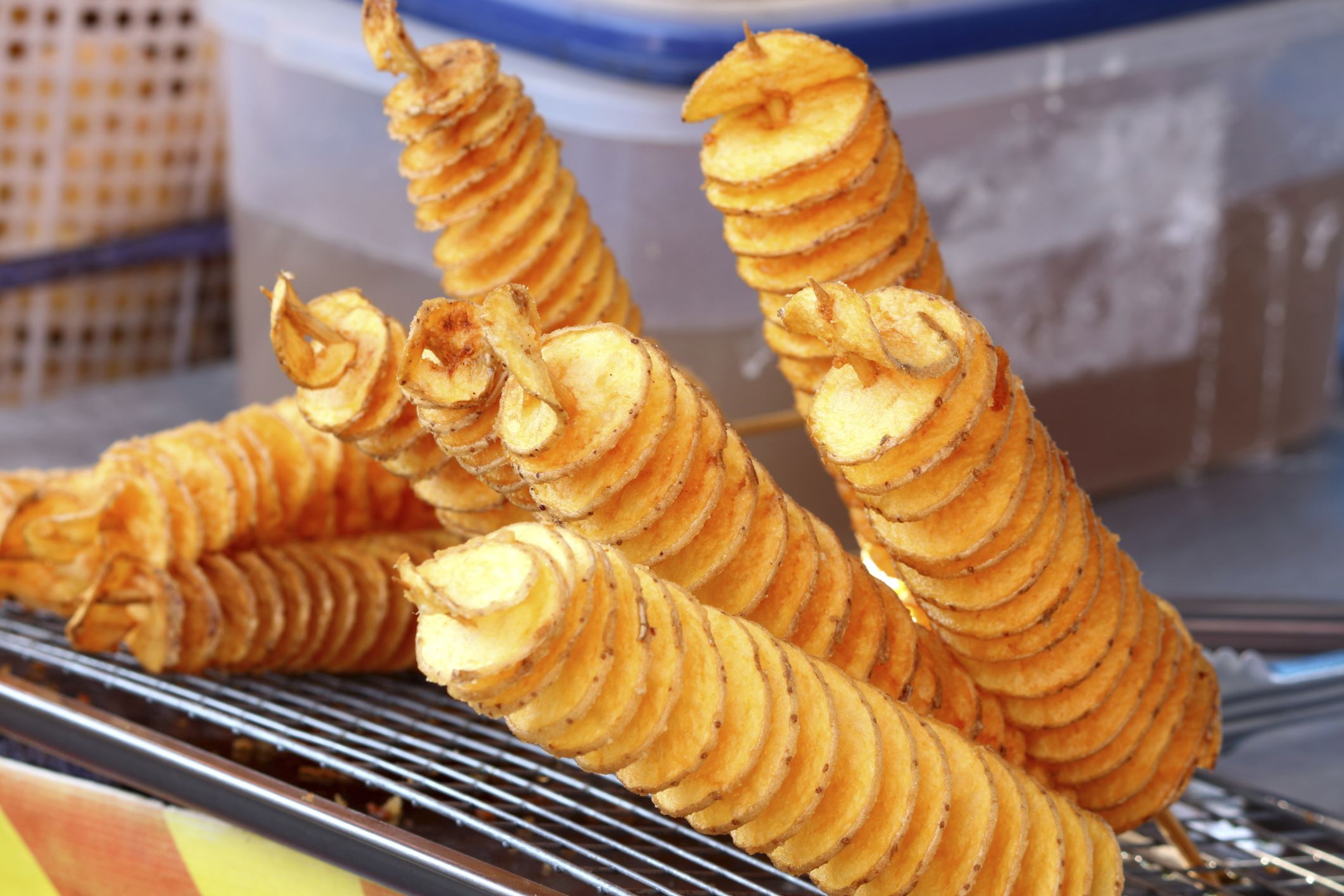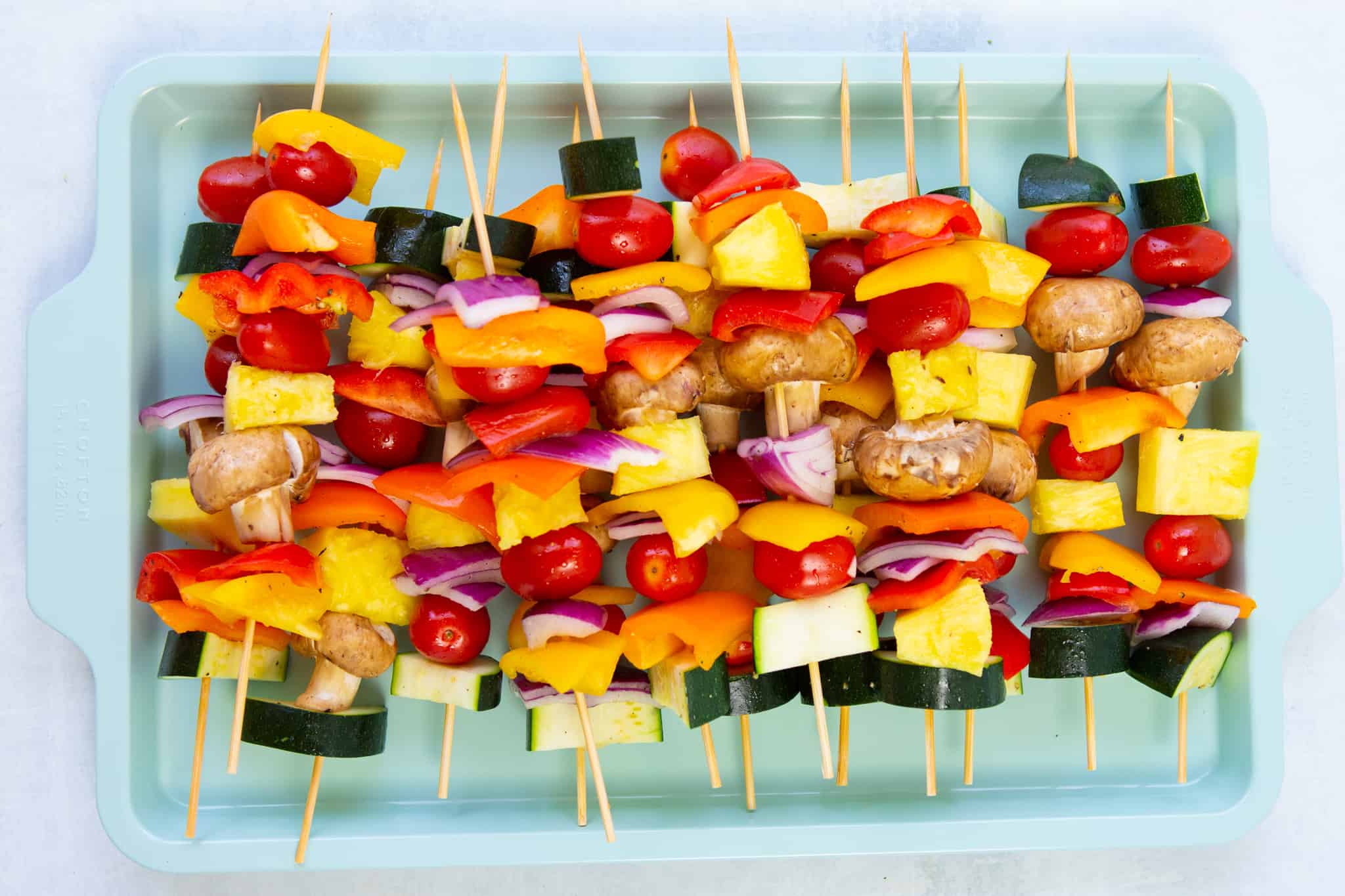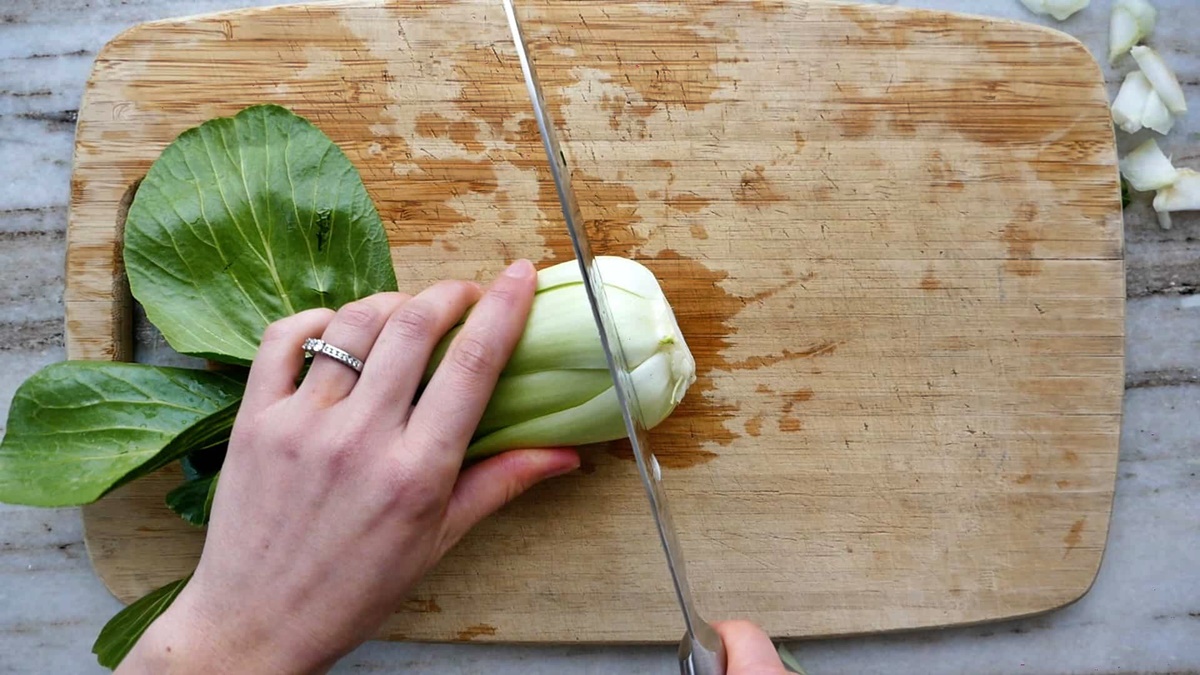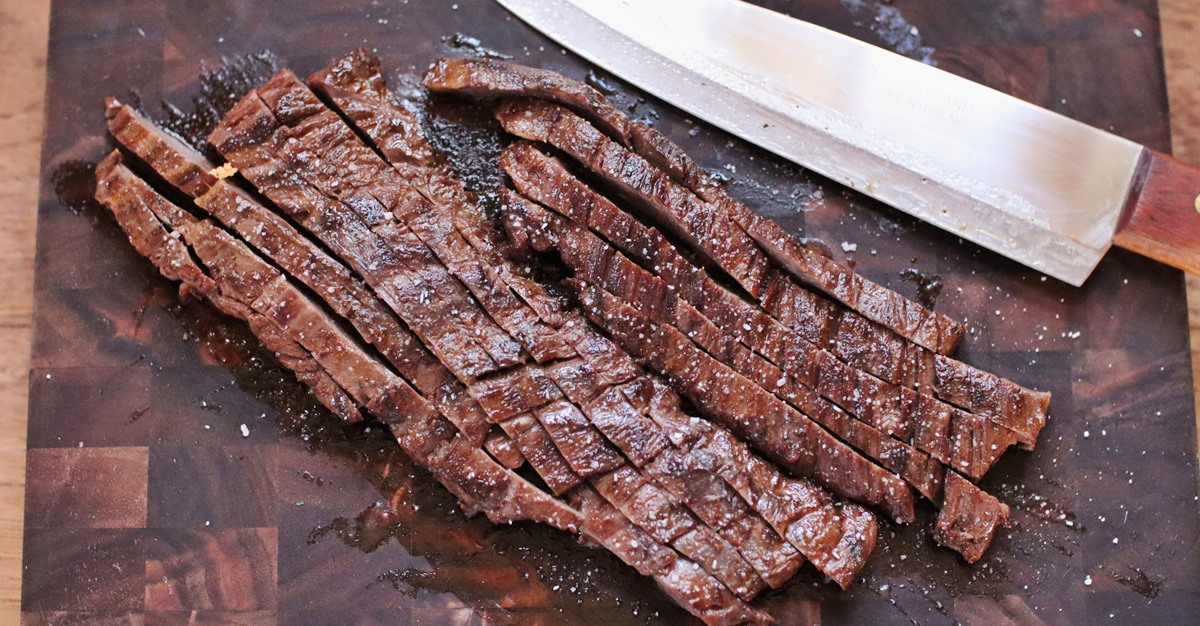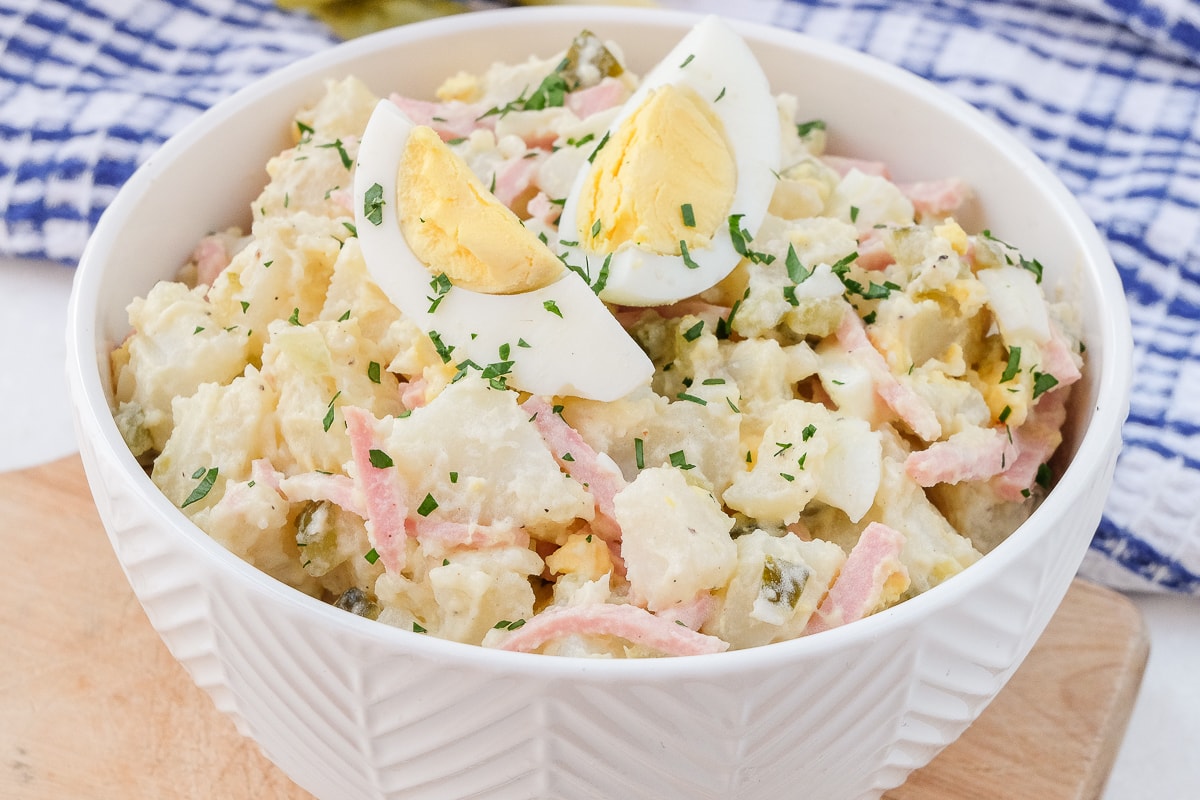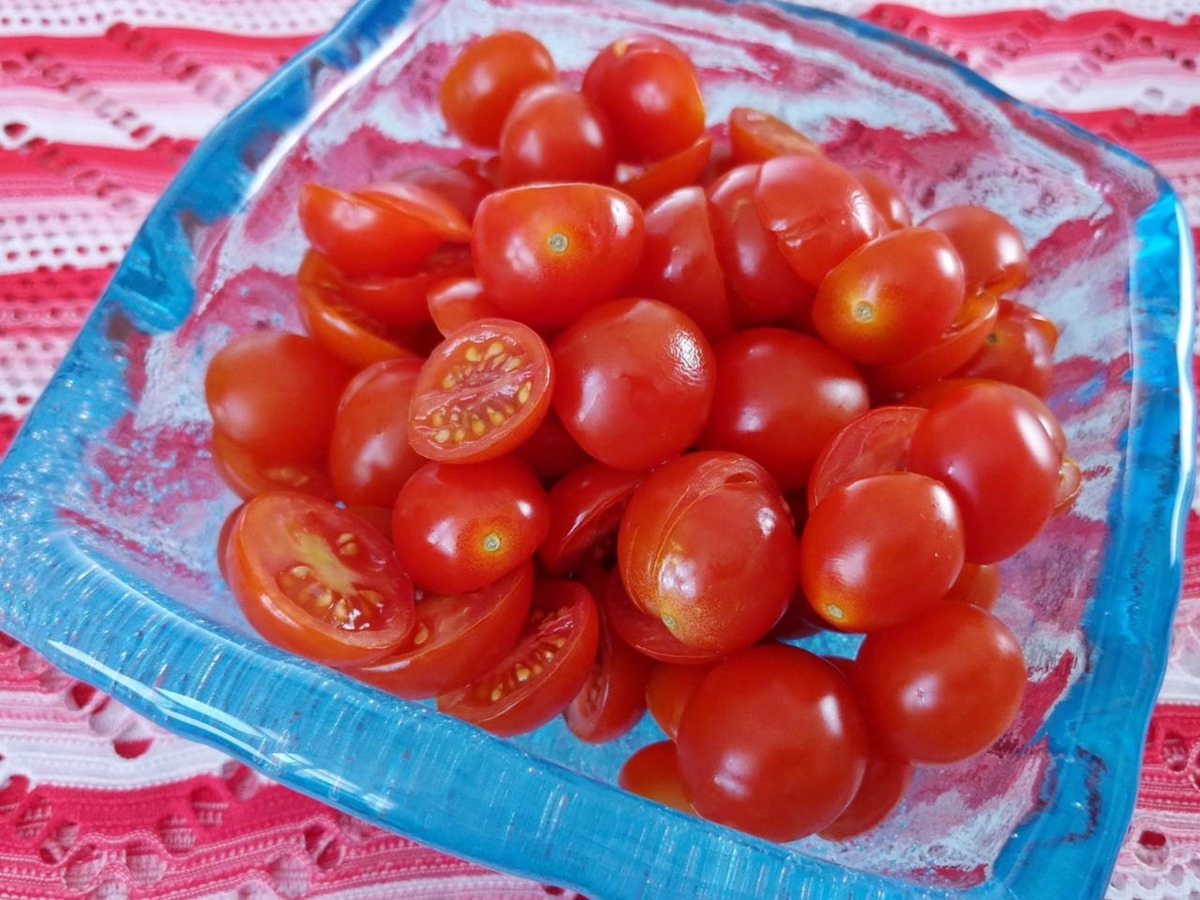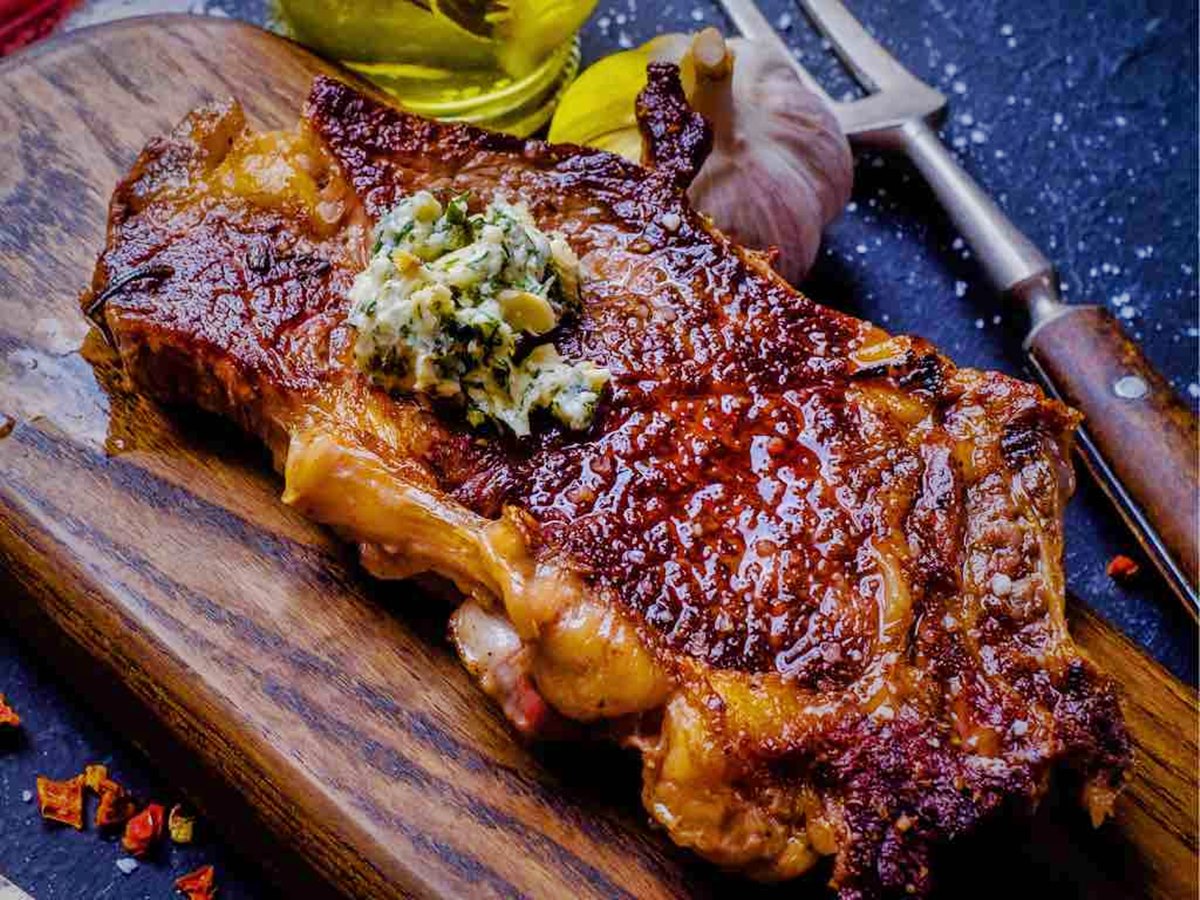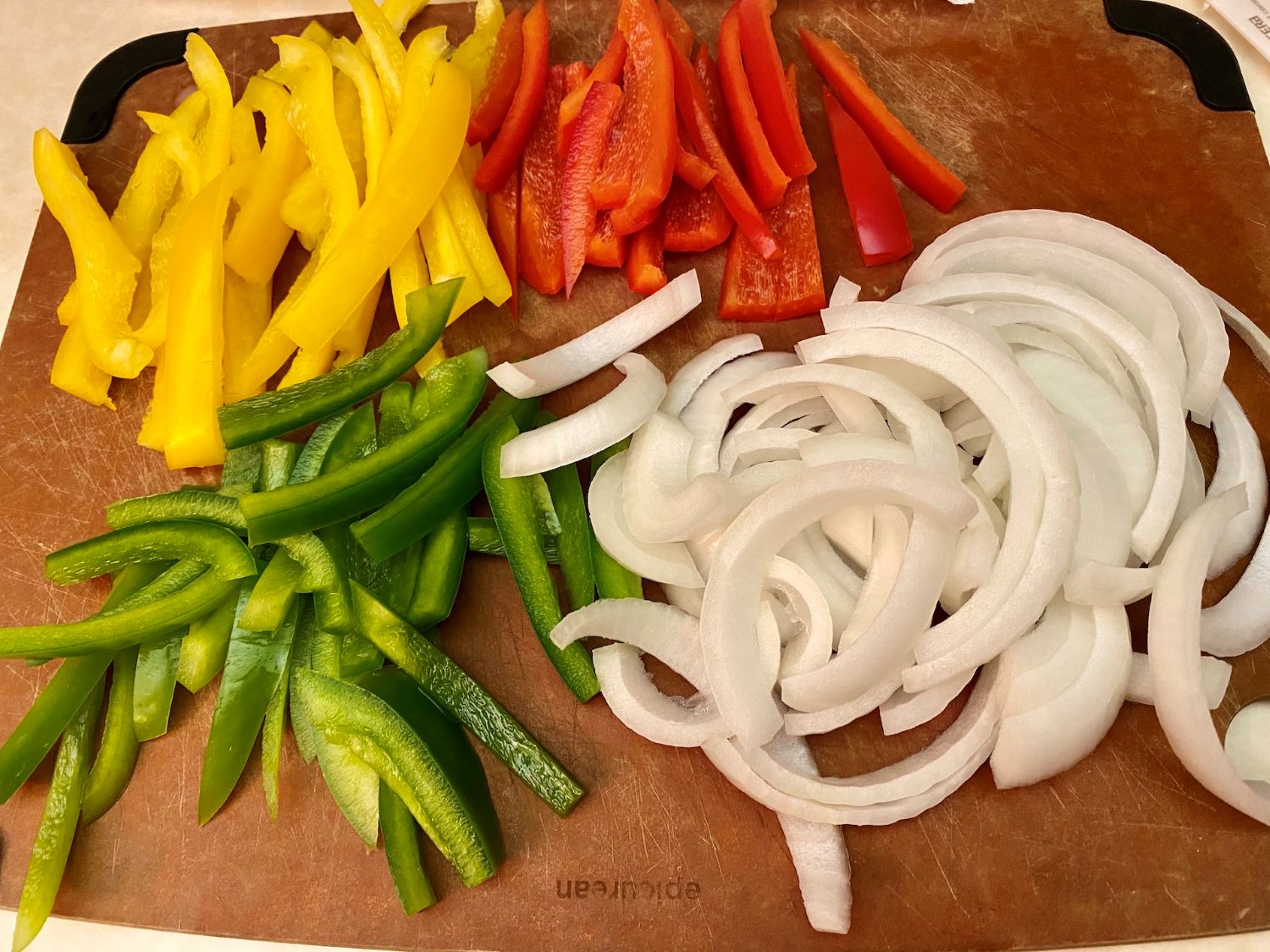Step-by-Step Guide: How To Cut Sausage Patties
Do you love starting your day with a delicious breakfast? If so, then you must be familiar with the mouthwatering taste of sausage patties. These little bundles of flavor can elevate any morning meal. But have you ever wondered how to cut sausage patties perfectly? Look no further—we have you covered with this step-by-step guide!
Why Cut Your Own Sausage Patties?
While it’s convenient to buy pre-cut sausage patties from the store, cutting your own has its advantages. Here are a few reasons why you should consider cutting your own sausage patties:
- Quality control: Cutting your own sausages allows you to choose the quality and type of meat you prefer.
- Customize flavors: By making your own sausage patties, you have the freedom to experiment with different seasonings and spices for a personalized taste.
- Cost-effective: Buying sausages in bulk and cutting them at home is often more affordable than purchasing pre-cut patties.
- Fresher alternatives: Cutting your sausage patties at home ensures they are fresh and free from any additives or preservatives.
What You’ll Need
Before we dive into the cutting process, let’s gather the necessary tools and ingredients:
- Sausage links: Choose your favorite sausages, such as pork, chicken, or turkey.
- Cutting board: Use a sturdy cutting board to provide stability when cutting.
- Sharp knife: A sharp knife will make the cutting process easier and more precise.
- Parchment paper or plastic wrap: Use these to separate the cut patties and prevent them from sticking together.
The Cutting Process
Now that you have everything ready, it’s time to start cutting your sausage patties. Just follow these simple steps:
- Prepare the sausages: Remove the sausages from their casings if necessary. If you have sausages that are not yet shaped into patties, skip this step.
- Slice the sausages: Place the sausages on the cutting board and use a sharp knife to slice them into even-sized patties. Depending on your preference, you can make thin or thick patties.
- Separate and store: After cutting the sausage patties, place them on parchment paper or plastic wrap, making sure they don’t touch. This will prevent them from sticking together. If you plan to freeze any of the patties for later use, wrap them individually in plastic wrap before storing in an airtight container or freezer bag.
Tips and Variations
Cutting sausage patties is a straightforward process, but here are some additional tips to help you master it:
- Experiment with flavors: Add your favorite spices, herbs, or even cheese to the sausage meat before shaping it into patties for an extra burst of flavor.
- Get creative with shapes: While round patties are traditional, feel free to experiment with different shapes like squares, rectangles, or even fun animal shapes using cookie cutters.
- Cooking methods: Sausage patties can be cooked on a stovetop, grilled, or even baked in the oven. Choose the cooking method that suits your preference and enjoy the delicious results.
Congratulations! You are now equipped with the knowledge to cut your own sausage patties. Impress your family and friends with these delectable treats at your next breakfast gathering. Enjoy the satisfaction of homemade goodness and elevate your breakfast experience like never before!
For those looking to master the art of cutting sausage patties, there are several recipes that serve as the perfect playground to put your skills into practice. One can start with Classic Breakfast Sausage Patties, a timeless favorite that highlights the basics. If you're in the mood for something more adventurous, try Sausage Patty Breakfast Burritos, where perfectly cut sausage patties blend seamlessly with other breakfast staples. For a hearty, comforting meal, Sausage Patty and Gravy over Biscuits offers a delicious experience that also showcases the importance of uniform patty slices. Another exciting option is Sausage Patty Breakfast Pizza, a creative twist that combines breakfast and pizza, requiring precision in patty cutting to ensure even distribution of flavors. Lastly, Sausage Patty and Spinach Frittata provides a nutritious and elegant dish, where well-cut sausage patties make all the difference in texture and taste.
Was this page helpful?
Read Next: How To Cut Sausage Before Cooking
